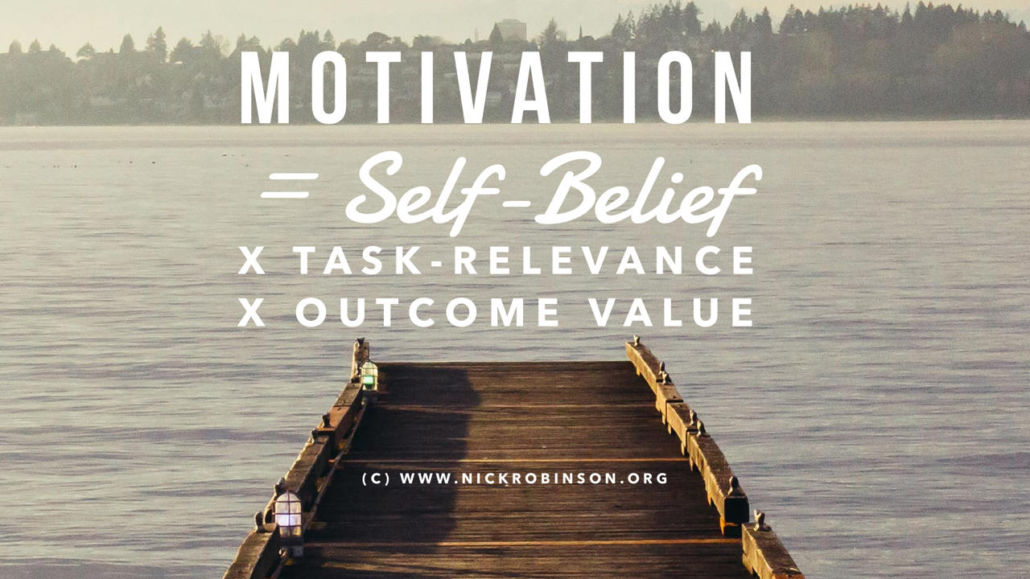Thinking is more painful than electric shocks!
Why people often don’t get clear about their desired outcome or choose the best approach to take, before they act
It’s helpful for people to think about stuff more – particularly on why they’re about to do something and on how they’re about to do it. This is because:
1. Knowing why we’re about to do something – the outcome we want to achieve – is much more important than the first few steps, the tactics, that we might take to get to it.
It’s easy to grasp this. If your desired outcome is clear but the first few steps you take towards it don’t work, you can simply try some other tactics. But if you start from the tactics themselves without really being clear about where you’re trying to get to, then early failures tend to derail all your efforts.
(There are exceptions to this rule: notably if you’re stuck and don’t know what you want to achieve then just trying something – anything – can be sometimes be more empowering than staying stuck);
2. Actively choosing how we’re going to do something – the strategy, route or approach we might take – is a key determiner of success.
Far too many people simply do everything the same way, or the same way that they did it before, regardless of whether or not this gets results. It’s where that old saying comes from, “If you’ve only got a hammer, everything starts to look like a nail.” Actively choosing the way to go about doing things, dependent on the circumstances and the people involved, creates flexibility of approach. And flexibility of approach in our behaviour is what leads to win-win.
Why don’t people do this kind of thinking more?
Get clear about their desired outcome and choose the best approach to take, before they act?
One part of the answer is in an article I was delighted to discover recently, headlined “People Would Rather Experience An Electric Shock Than Be Alone With Their Thoughts”!
A team of researchers have discovered that:
- Left alone in a room with just their thoughts, more than half the participants described the experience as ‘not enjoyable’, most found it difficult to concentrate and reported their minds wandering. The negative aspects went up further in another group who were asked to repeat the task at home;
- In one experiment people had the option of giving themselves an electric shock rather than complete the full thinking time. Even though they’d had that level of shock before and had said they’d pay $5 not to be shocked again, 67% of the men and 25% of the women involved chose to shock themselves rather than just sit and think!
You can see their article here: https://www.sciencemag.org/news/2014/07/people-would-rather-be-electrically-shocked-left-alone-their-thoughts
My take on this is that human minds are evolved to deal with the real, physical world and with the web of social relationships that it takes to thrive. Disengaging from actual, concrete tasks and from real interactions with others long enough to do this kind of outcome/approach thinking is not something we’re naturally evolved to do. We have to learn it. And sticking with it long enough to get results ‘hurts’ and takes a lot of energy. Similarly, if you’re anything like me, there’s a whole load of failed adventures, thwarted ambitions and personal shortcomings that I’d really rather not think about at all, if only if wasn’t for the chance to improve things in future.
As my coaching practice evolves, I find that more and more people are saying things like: “I just need to hear myself think out loud”, or “I need some space to reflect on things and work them out, a kind of sounding board.” The hardest thing to do when I’m coaching in that kind of situation, is to do nothing but listen – but at least I don’t feel the need to give myself electric shocks!
Let me know if you’ve noticed any of this too please – or what you’re discovering about thinking, outcome-focus and behavioural choices yourself.
Please leave a comment below if they’re still open at the time of reading, or tweet me @nickrobcoach
Does it really hurt to think a bit more? Click To Tweet

